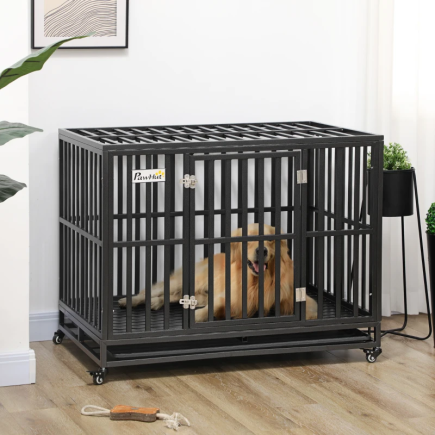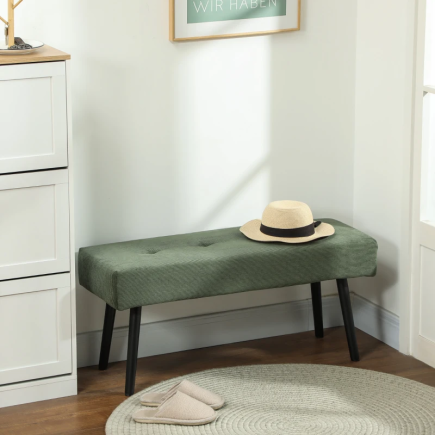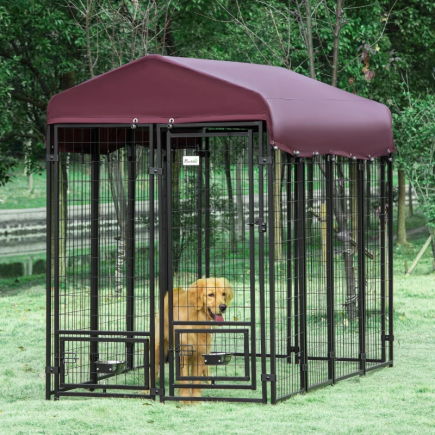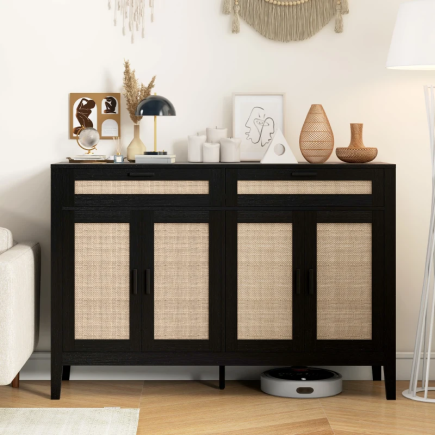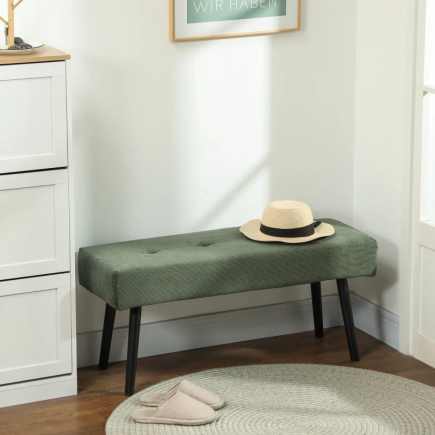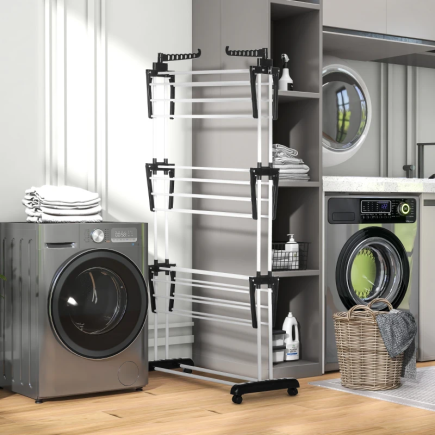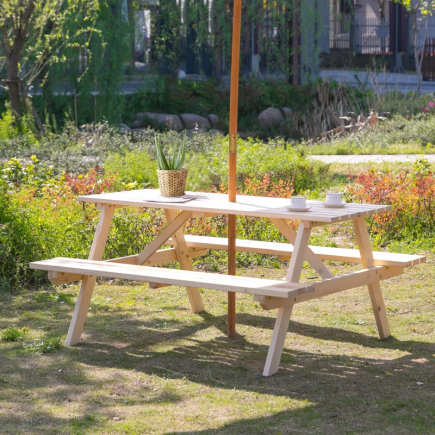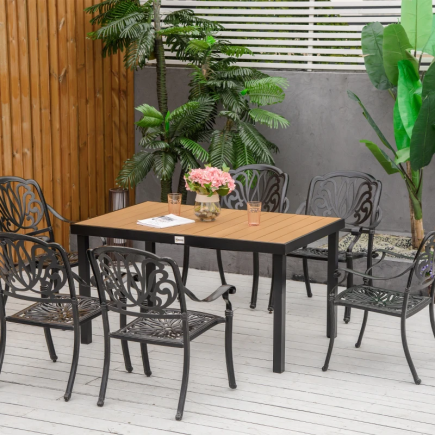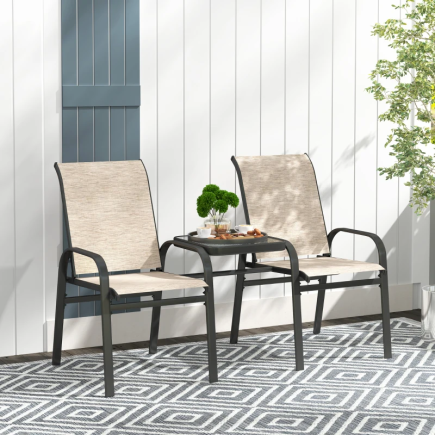Electric fireplaces have become a go-to solution for those who want the charm of a fire without the hassle of wood, smoke, or high energy bills. They’re cleaner, safer, and easier to install than traditional fireplaces, and they can fit beautifully into almost any space, whether you’re outfitting a compact apartment or upgrading a spacious living area.

But choosing the right electric fireplace is more than picking what looks good. It’s about finding the right combination of heat output, features, style, and energy performance to suit your home and lifestyle. This guide walks you through each step of the selection process so you can make an informed, confident purchase that meets your needs for years to come.
Step 1: Define Your Heating Needs
One of the first questions to ask yourself is: How much heat do I really need?
Electric fireplaces are most effective for zone heating, meaning they’re best used to warm individual rooms rather than an entire home. If your goal is to take the chill out of a specific space like a basement, bedroom, or living room an electric fireplace can do the job efficiently.
Look at the size of your room when considering heating capacity:
- Small rooms (up to 400 sq. ft.): 4,000–5,000 BTUs are generally enough.
- Medium rooms (400–600 sq. ft.): Look for models with 5,000–7,500 BTUs.
- Larger spaces (600–1,000 sq. ft.): Consider units with 9,000 BTUs or higher, often with infrared heating.
There are two main types of heat technology in electric fireplaces:
- Infrared Quartz: Heats objects and people directly, offering faster warmth and better efficiency in larger rooms.
- Fan-Forced Heating: Uses a fan to distribute warm air. It’s more common and better for smaller, enclosed spaces.
Step 2: Determine Room Size and Fireplace Fit
Even the best fireplace won’t work well if it doesn’t fit your space. Before you get attached to a certain model, measure your available wall or floor area. Think about the room layout and how you want the fireplace to function whether as a visual focal point or a complementary accent.

Consider:
- Wall width and height: Is there enough room for the fireplace plus clearance?
- Furniture placement: Will the fireplace throw heat toward your seating area?
- Traffic flow: Avoid placing units where they’ll block walkways or doors.
Choose a fireplace that feels proportionate to the room. For instance, a large unit may overpower a small den, while a compact one might get lost in a spacious open-plan living room.
Step 3: Know Your Electrical Setup
Unlike gas or wood-burning fireplaces, electric units require no venting or chimney but they do need the right electrical setup.
Most models are plug-in and require a standard 120V outlet. However, some high-powered or built-in units may need to be hardwired into a 240V circuit.
Make sure you:
- Have an outlet near the installation spot.
- Avoid overloading the circuit with other large appliances.
- Never use an extension cord, this can create a fire hazard.
If you’re unsure, especially for built-in or wall-mounted units, it’s best to consult an electrician.
Step 4: Choose the Flame Experience You Want
The beauty of an electric fireplace is that it creates the ambiance of a real flame without burning a single log. That said, not all flame displays are equal.

LED vs. LCD Flames
- LED Flames use light and reflection to mimic fire. They’re energy-efficient, long-lasting, and increasingly realistic.
- LCD Flames use digital screens to display moving images of flames. These tend to be more realistic and dynamic but may use more power.
You can often customize flame settings, including:
- Flame height and speed
- Colour options (orange, blue, multi-tonal)
- Ember bed visuals (logs, crystals, stones)
Many fireplaces also offer a flame-only mode, which allows you to enjoy the visuals without turning on the heat, perfect for summer evenings or year-round ambiance.
Step 5: Prioritize User-Friendly Controls
Today’s electric fireplaces are packed with features that make them easy and convenient to use.
Look for:
- Remote controls to adjust heat, flame, and brightness from across the room.
- Timers that let you set the fireplace to shut off automatically after a specific period.
- Smart home compatibility, including Wi-Fi, voice control, or app-based operation, ideal if you want your fireplace to be part of your broader home automation system.
For those who prefer a hands-on approach, most models still include manual controls discreetly tucked away behind a panel.
Step 6: Evaluate Comfort Features
Think beyond basic heat. The best electric fireplaces offer features that make them more comfortable and versatile to use.
- Adjustable heat levels: Choose between low, medium, and high heat to match the weather.
- Thermostat control: Maintain a consistent room temperature.
- Dual-season use: Use just the flame for mood lighting in warmer months.
Many models allow you to customize the ember bed as well, swapping logs for crushed glass or changing the glow to match your decor.
Step 7: Match Design with Your Decor
Electric fireplaces are as much about style as they are about heat. Whether you love clean lines, rustic charm, or traditional elegance, there’s a design to suit your aesthetic.

- Modern spaces work well with linear designs, minimal trim, and colour-changing flames.
- Traditional homes might favour mantels, carved wood surrounds, and warm amber glows.
- Transitional rooms can blend classic and contemporary elements like a media console with a built-in fireplace.
Choose a design that complements your existing furniture and enhances the visual flow of your space. The right fireplace can serve as a subtle accent or a bold focal point, depending on how you style it.
Step 8: Look for Built-in Safety Protections
Electric Fireplaces are safer than gas or wood models, but some safety features are essential, especially for households with kids or pets.
Prioritize units that include:
- Overheat shut-off: Automatically turns the unit off if it gets too hot.
- Cool-touch surfaces: Prevent burns if someone touches the unit.
- Child lock functions: Helps prevent accidental changes to settings.
These features offer peace of mind whether the fireplace is in your living room, bedroom, or a family playroom.
Step 9: Understand Energy Efficiency and Operating Cost
One of the advantages of electric fireplaces is how cost-effective they are to run. On average, a 1,500-watt unit costs between $0.15–$0.25 per hour, depending on your local electricity rates.

You can improve efficiency by:
- Using zone heating instead of raising your whole-home thermostat.
- Turning off heat and using flame-only mode when you just want ambiance.
- Setting a timer or using a thermostat to avoid overuse.
Compared to gas or central heating, electric fireplaces offer a more economical way to stay warm, especially when used strategically.
Step 10: Check for Quiet Operation
Most electric fireplaces are quiet, but some models make a low hum when the fan is running. This may not bother you in a busy living room, but in a bedroom or study, quiet performance matters.

If noise is a concern:
- Choose models with infrared heating, which is often quieter than fan-forced systems.
- Check product reviews for mentions of noise.
- Consider turning the heat off when silence is needed, flame-only mode is virtually silent.
Step 11: Know the Maintenance Requirements
Electric fireplaces are low-maintenance compared to wood-burning models, but some upkeep is still essential. Expect to:
- Inspect the unit periodically for dust buildup around vents and airflow areas.
- Monitor the performance of the flame effects and heater output to ensure consistent operation.
- Check the condition of internal components, especially if you notice flickering lights or inconsistent heat.
- Replace bulbs or LED modules as needed, depending on your fireplace model.
- Ensure all electrical cords and plugs remain undamaged and securely connected.
Routine attention to these elements will help prolong the life of your electric fireplace and keep it functioning safely.
Step 12: Set a Realistic Budget
Electric fireplaces come in a wide range of prices depending on their size, features, and design. Instead of heading straight for the most expensive model, focus on what matters most for your needs.
Invest in:
- Strong flame realism
- Efficient heating with thermostat control
- Built-in safety features you can rely on
Save on:
- Oversized units that exceed your space requirements
- Extra decorative features that don’t impact performance
A mid-range fireplace often provides an ideal balance between appearance, functionality, and long-term durability without going overboard on cost.
Choose What Fits Your Lifestyle, Not Just Your Wall
A well-chosen electric fireplace enhances more than just your décor. It adds year-round ambiance, energy-efficient warmth, and a sense of comfort to your home. By understanding your heating needs, room layout, control preferences, and design style, you can choose a fireplace that blends beautifully into your space and works effortlessly for your lifestyle.
Take your time, review your options carefully, and choose with confidence, you’re not just picking a product, you’re investing in warmth, beauty, and peace of mind.
FAQs
1. How do I choose between a freestanding and a built-in electric fireplace?
Choose a freestanding model if you want portability and easier setup. Built-in fireplaces offer a sleek, integrated look and are ideal for permanent installations but may involve more upfront work.
2. Are there electric fireplaces suitable for corner placement?
Yes, corner-specific electric fireplaces are available and designed to maximize space without compromising design or heating efficiency. They’re great for unconventional room layouts.
3. Can I use an electric fireplace in a room without insulation?
Electric fireplaces work best in insulated spaces. In poorly insulated rooms, they may not maintain warmth efficiently and could lead to higher energy use.
4. Do all electric fireplaces include a mantel or surround?
No, many electric fireplaces are sold as standalone units. If a mantel or decorative surround is important for your setup, choose a model that includes or is compatible with one.

